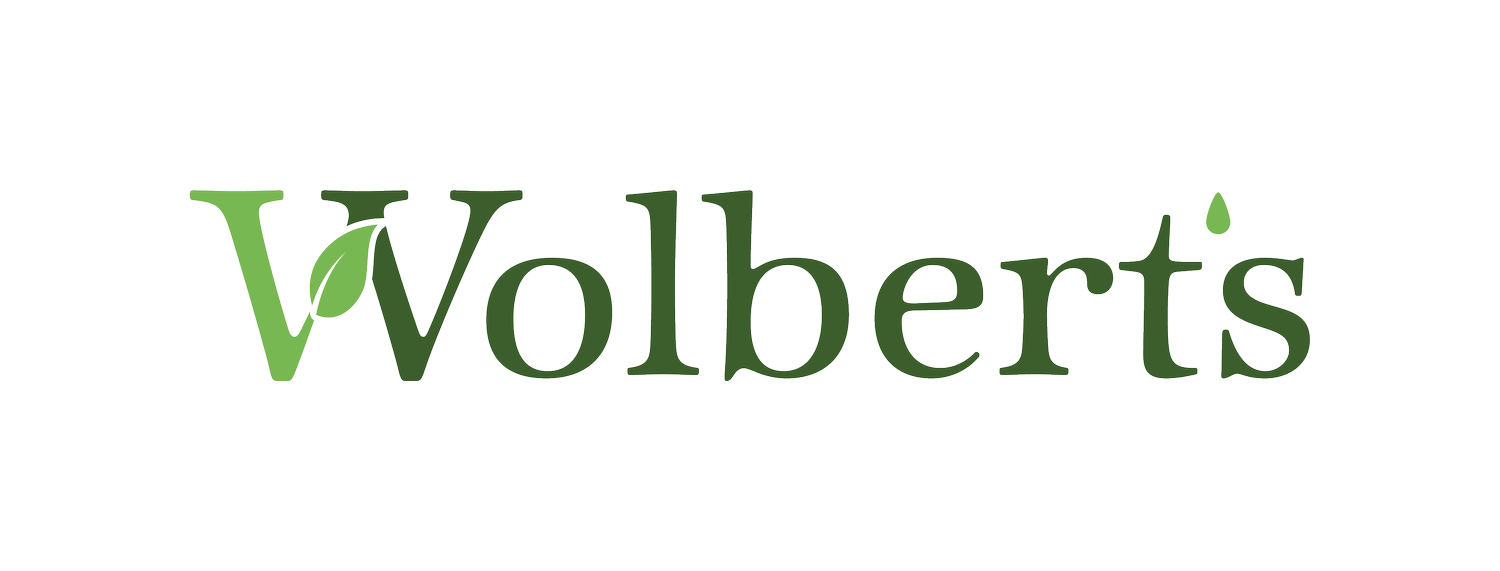Lawn Care
Having serviced thousands of lawns, we understand what Northwest lawn’s need. So much so, we manufacture our own proprietary liquid bio-fertilizer blends that provide micro and macro nutrients, organic acids and additives that is superior to any other!
-
Our proprietary liquid lawn bio-fertilizer of synthetic and organic nitrogen provides macro and micro nutrients, organic acids, and soil microbes that aid in thatch reduction. Most lawns on this plan experience less moss and thatch with our proprietary blend. Regular service intervals average 5-6 applications in a 12 month period. An initial pH test will be done to determine how much lime needs applied.
During the growing and mowing season, services are timed to keep up with the changing needs of lawns. Ideally, 3 services are applied from spring to late fall.
When mowers are stored for the winter, lawns still need attention. Root restructuring occurs to prepare for next season’s growth. Crane Fly larvae outbreaks are monitored and ideally, 2 services are applied during this timeframe.
We address the appropriate lawn need at the appropriate time to include:
Broadleaf weed management during the growing/mowing season
Crane Fly larvae management when outbreaks occur
Your lawn care specialist will recommend the best plan for your lawn care needs.
-
Fungus such as Red Thread can be a nuisance. Fusarium can be damaging. We address lawn fungus with careful approach to keep balance while halting spread and minimizing damage.
Water-Max turf penetrant aids in water movement to the soil and to help stressed lawns recover from dry conditions.
Large turf areas such as sports fields for broadleaf weeds.
-
Aerating is highly recommended in spring and fall to open the air and water pathways in the soil, especially in high traffic areas that are prone to compaction. Seeding, in conjunction with aeration, will help fill in the turf with desirable grass varieties. Include our SuperRoots Turf application to ensure seed germination efficacy-superior to 16-16-16 industry standard.
Commonly Asked Questions
-
As a general rule, people and pets should avoid the treatment area until the application has either dried, several hours have passed or the area has been watered/rained on.
Fertilizers are not pesticides so under normal circumstances a quick rinse after a lawn fertilizer is recommended. When the need for a pesticide arises such as herbicide for broadleaf weeds, we always use the least amount of the safest and most effective products available and adhere to Integrated Pest Management (IPM) practices.
-
Unless your lawn is exceedingly overgrown, mowing does not need to be done right before a treatment to make it more effective. In general, it is recommended to wait until the next day for mowing. Unlike dry fertilizer, our liquid fertilizer ends up in the root zone and not on the blades so mowing after your service rarely interferes with our treatments.

